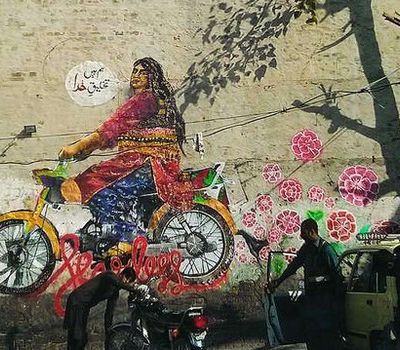Moulshri Mohan
Tales delicately yet powerfully draws out the conflict between sex workers and feminism in India,at a time when a lot of feminists thought of prostitution through a SWERF lens[1].
शहरों में सार्वजनिक स्थानों पर अपनी मौजूदगी दर्ज करने के नारीवादी प्रयासों में वर्ग के आधार पर विभाजन को समझने के लिए हमें पहले यह जानना होगा कि किस तरह शहरों में सार्वजनिक स्थान लगातार कम हो रहे हैं और इनके लिए प्रतिस्पर्धा बढ़ती जा रही है।
Feminist critiques are often critiques of relationship structures: marriage, the joint and nuclear family, monogamy, and heteronormativity. Patriarchy, fundamentally a system of inheritance, finds a natural home in these structures.
This is why I’ve often wondered: how do feminists imagine and navigate romantic relationships? Do they have to constantly be thinking about and watching out for the many ways in which power, privilege, autonomy and entitlement manifest in their relationships and dating culture? It seems rather unromantic to do so.
Tales delicately yet powerfully draws out the conflict between sex workers and feminism in India,at a time when a lot of feminists thought of prostitution through a SWERF lens[1].
Five sex workers – four women and one man – along with the filmmaker/narrator embark on a journey of storytelling….
Note: Five sex workers – four women and one man – along with the filmmaker/narrator embark on a journey of storytelling. Shohini Ghosh’s Tales of the Night Fairies explores the power of collective organising and resistance while reflecting upon contemporary debates around sex work. The labyrinthine city of Kolkata (Calcutta) forms the backdrop for personal and musical journeys.
Editor’s Note: This is a continuation of the first part of the article published on 1 March, 2016. To think…
Within the urban sphere, feminist discourse has for the past few decades centred on the constant anxiety and anticipation of violence, which permeates all of women’s movements within South Asian cities. However, something unusual is happening to that discourse in this cultural moment. Feminists are systematically and strategically shifting their attention from the anticipation of violence to the active search for pleasure in public space.








